Autopilot: Sync email permission with Salesforce
Something you may wish to sync between Autopilot and Salesforce is email opt-in permission. Follow this guide to establish a two-way sync, which will mean:
- when someone opts-out / opts-in of email in Salesforce, Autopilot will automatically reflect this; and
- when someone opts-out / opts-in of email in Autopilot, Salesforce will automatically reflect this.
In general this field is not accessible in Salesforce by default. You need to take steps to allow Autopilot to sync to it. First ensure that you are logged into Salesforce as the user that connected to Autopilot initially. Then go to Setup:

...then Security Controls > "Field Accessibility":
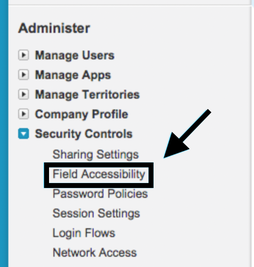
Select the relevant object. In this example let's edit the Lead object (note that you would need to do this for each object you wish to sync to):
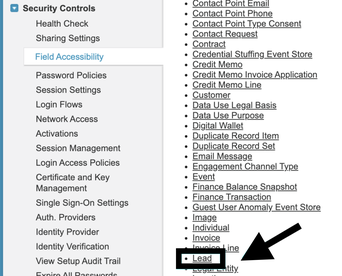
Click View by fields, select the field "Email Opt Out"
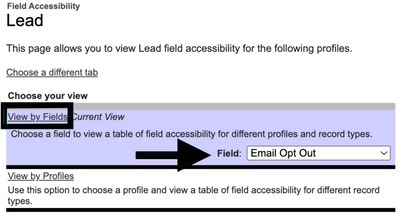
Check to see if the user you connected to Autopilot has visibility of the field. If it says "Hidden" it means that currently Autopilot can't map to it. In this example I am hovering over the text that says "Hidden" next to "System Administrator" as that is my user type:
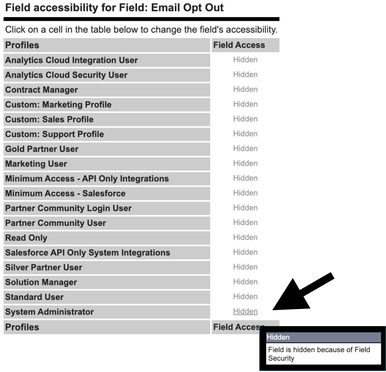
Click on the text that says "Hidden". Then under "Field-Level Security" check "Visible". Then click "Save":

In Autopilot, visit the "Salesforce Sync" settings, and click on "Field Mappings":
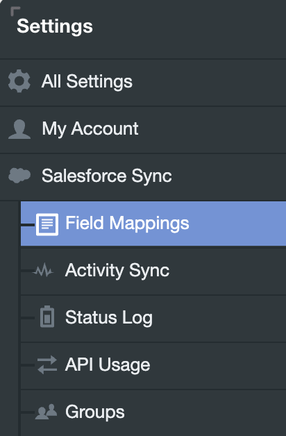
Click "Refresh Salesforce Fields" on the right hand side of the screen:
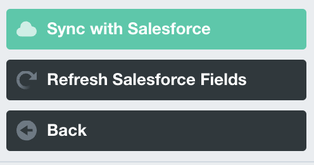
Under the "Lead" tab (since it's the object we've been editing in this example), you'll see there is now a Salesforce field called "Email Opt Out". Click into the Autopilot field on the right, and select Autopilot's "Opted Out of Email" field. Once you've done this, click "Sync with Salesforce".
Choose "Salesforce to Autopilot", and click "Continue":

You're done! Here's a couple of important things to remember:
- When the initial sync occurs after making this change, if a person is already opted-out in either Salesforce or Autopilot, they will be opted-out in both systems. This is to ensure neither system sends email to a person who does not have permission.
- The above process only covers syncing ONE object (the example we followed was for the Lead object). We strongly recommend doing this for both the Lead and Contact object, so that when you convert a Lead to a Contact, the unsubscribe setting is retained and the sync remains intact.
Questions? Contact us
